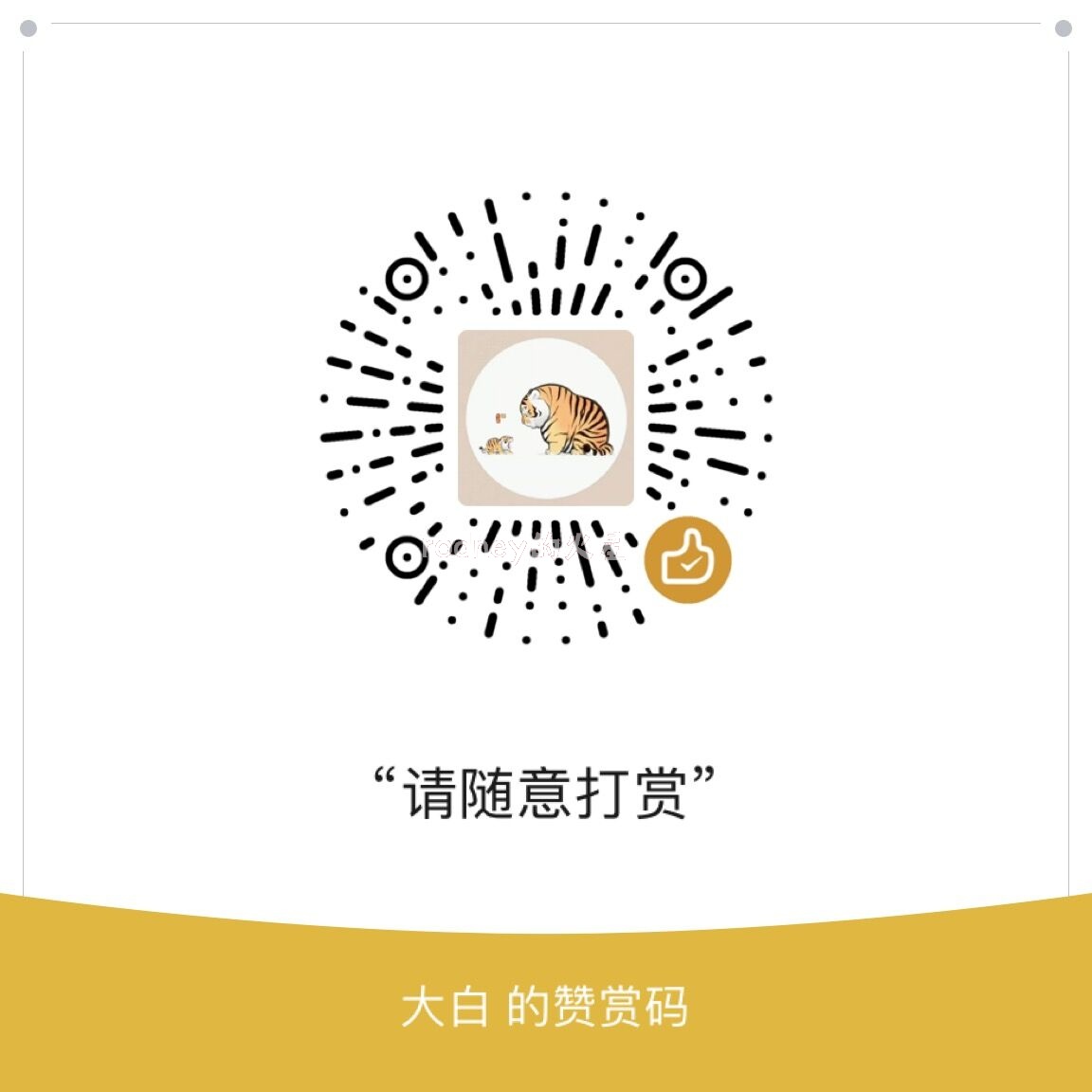"The Storm": More Than Just a Story
Joanna Bartee
In the short story "The Storm" by Kate Chopin, the two main characters, Calixta and Alcee, had a flirtation several years before the story takes place, but each made a more suitable marriage to someone else and they have not seen each other since. In the present when the action takes place they are reliving that time when their passion was at its climax. This, essentially, is what the story seems to be about at the surface. Underneath the surface, there is a deeper and a larger meaning. "The Storm" helps to define the sexual standards and restraints of the late nineteenth century while also making a statement about humans’ natural tendency towards sexual passion.
Chopin begins to illustrate this sexual restraint of the time by using the title "The Storm." When thought of in literary terms, a storm tends to be associated with conflict, uneasiness, and turmoil. Chopin uses the image of the storm to represent the sexual tension that builds throughout the story between Alcee and Calixta. Critic Robert Wilson suggests further that "Chopin’s title refers to nature, which is symbolically feminine; the storm can therefore be seen as symbolic of feminine sexuality and passion, and the image of the storm will be returned to again and again throughout the story" (1).
Chopin begins using the illustration of the storm with Calixta’s husband, Bobinot. Bobinot decides to wait out a storm at the general store with their son, Bibi. This waiting out or avoidance of the storm suggests that Bobinot also avoids the stormy passions that his wife is clearly capable of. After this, the reader is introduced to Calixta at their home, sewing and doing other household chores, "unaware that the storm is coming" (Wilson 2). This suggests to Wilson that "her sexuality is repressed by the constraints of her marriage and society’s view of women, represented in this passage by the housework" (2). Airing out on the porch are her husband’s Sunday clothes, which Wilson says "allude to society in the form of the church" (2). The story continues with other illustrations using the storm until, finally, after Alcee and Calixta’s sexual encounter, the storm finally begins to pass and everything in the world seems renewed and fresh.
Chopin uses many of Calixta’s actions in "The Storm" to represent the sexual restraint of the time. Perhaps one of the best examples of this occurs when Calixta is doing housework. Up until Alcee arrives at the house, Calixta is working with much vigor and frustration. Calixta has some clothes that are hanging out to dry on the porch and, after Alcee arrives, they are in danger of blowing away from the strong winds that are approaching with the storm. Wilson writes, "Alcee grabs Bobinot’s pants, symbolically subverting the social and marital constraints that control Calixta" (Wilson 2-3). While visiting with Alcee, Calixta talks somewhat excitedly about housework, preparing the house for the coming storm, Bobinot, and other aspects of her married life, helping to illustrate the sexual tension that she feels while around Alcee.
As the scene between Calixta and Alcee progresses even further and the storm draws nearer, both Calixta and Alcee put away their apprehensions about acting on the sexual tension that is apparent between them. This is symbolized again by Calixta’s housewifely actions. Wilson writes again about this: Calixta begins to gather up a cotton sheet that she has been sewing, in effect putting away a symbol of society’s constraints. She is becoming as unsettled as the elements outside, the passion of the storm echoing her inner emotions (3). By putting away the cotton sheet, thus putting away a reminder that she is married and has a life with another man, she is opening up to the possibility of interaction between herself and Alcee, even if the encounter turns out to be just physical without any emotion involved. Without any sort of object between herself and Alcee, Calixta is vulnerable to Alcee. Calixta now has nothing to distract her or to occupy her time and is now forced—or free—to concentrate solely on him
After Alcee and Calixta’s sexual encounter, the storm begins to depart. At this point, Calixta and Alcee are faced with the aftermath of what they have done. Instead of regretting the act, however, Calixta and Alcee feel renewed. In the last line of "The Storm" Chopin writes, "So the storm passed and everyone was happy" (309). Wilson underscores this, writing, "as Alcee leaves, he turns and smiles, and Calixta laughs out loud; her passion is seen to be natural, experienced without guilt or shame" (4). Calixta seems to receive something from the sexual encounter with Alcee that she does not receive with her husband Bobinot. Through this encounter with Alcee, Calixta is able to release her true feminine sexuality in a completely different manner than she is able to in her married union with Bobinot.
Not only is "The Storm" a story about humans’ natural sexual tendencies, but this story also represents the sexual reservations of Chopin’s particular time period. Chopin herself seemed to be very much in touch with her feminine sexuality. Through her writing of this story, she was able to not only express her own thoughts about sexuality, but she was also able to make a private statement about her feelings on the sexual mores of the current time period. Since Chopin, according to her biographer Emily Toth, did not attempt to publish "The Storm," this statement remained private until the story was discovered decades later among papers and journals in her grandson’s attic.

































a long long story.